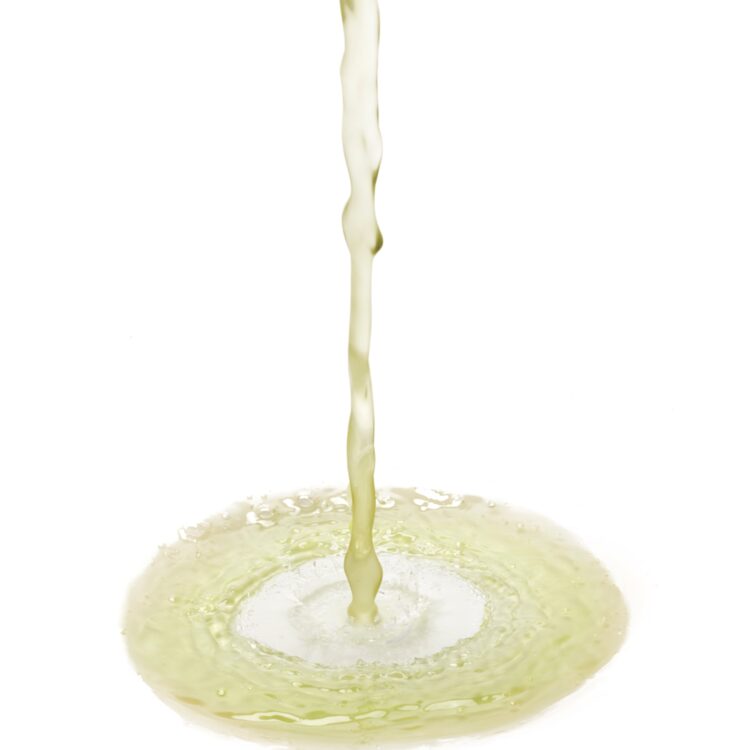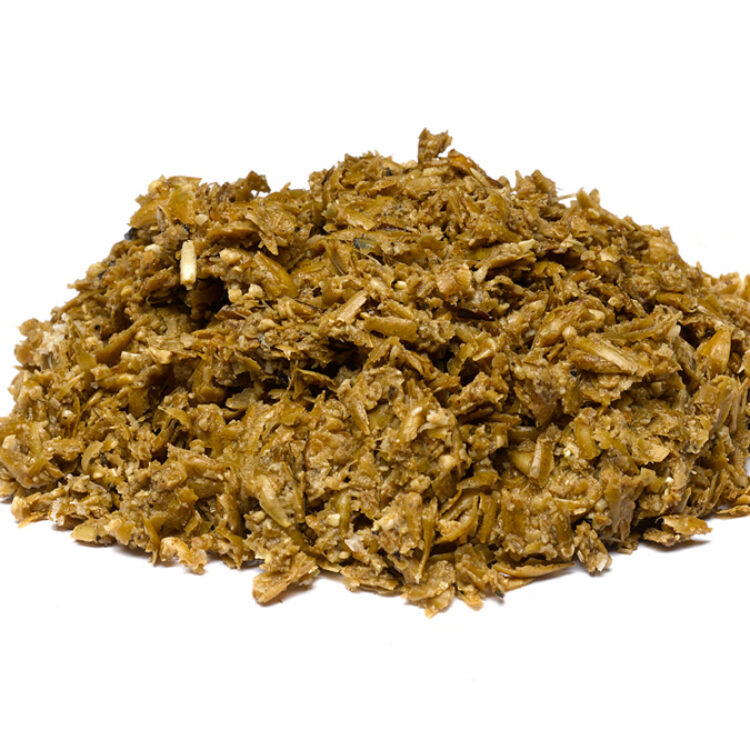
News
Making the most of grazed grass at early turnout
With many dairy farmers considering taking the opportunity to turn cows out early, careful management and balanced buffer rations will be key to maintaining yields and milk composition, as well as cow health.
Feeding cows at grass provides a welcome opportunity to reduce feed costs, but if milk production and cow health is to be maintained and improved, dietary change challenges must be overcome.
Key areas to address when spring grass is introduced to the diet include balancing energy and protein supply, maintaining optimal rumen pH (reducing risk of sub-acute ruminal acidosis SARA), and reducing risk of falls in butterfat production.
Buffer ration
“Too often the desire to exploit low-cost grass leads to over-estimates of its feed value and dry matter intake, leading to reduced performance, as well as poorer health and fertility,” says KW Feeds nutritionist Charlotte Ward.
“A balanced buffer ration of suitable quality and quantity is critical to cow health and productivity, especially fresh calved cows and high yielders. This group of animals are unable to meet requirements for maintenance, plus milk, from grass alone.
“A base of good quality silage will be key, with maize and/or wholecrop ideal as they contain the types of fibre lacking in spring grazing, alongside starch to help utilise the high levels of rumen protein in fresh grass” she adds.
“Including 0.5-1.0kg ‘muzzle width’ chopped straw helps provide the structural fibre needed for good rumen function.” These forages then need to be accompanied by carefully selected concentrate feeds to balance protein, digestible fibre and starch.
Protein content
As fresh grass can have a protein content of up to 27%, rations will be running at higher protein levels than usual. As such, any protein supplied in the buffer feed should be high quality, with a good level of digestible undegraded protein (DUP). If milk urea levels rise above 0.030/300 then action must be taken to avoid negative impacts on production, health and fertility. “The British rumen protected rapeseed expeller NovaPro fits the bill perfectly, with its higher DUP:RDP ratio in comparison to soya, allowing for improved protein utilisation,” says Ms Ward.
Reduce risk of SARA
Feeding the live yeast Vistacell and buffer Acid Buf as part of the daily buffer feed, can help to manage highly digestible spring grass and reduce risk of SARA and milk fat depression. “By using Vistacell, the rumen is conditioned to promote growth of fibre digesting bacteria due to the yeasts natural ability to remove oxygen and helping to use up the excess lactic acid,” says Ms Ward. “Acid Buf supports the cow’s natural buffering capacity, maintaining the rumen pH above the critical threshold of 5.8 to reduce the risk of SARA,” she adds.
Lactation profit
“With careful management and monitoring of grazed grass and supply of a high-quality, well-balanced buffer ration, producers can expect to maximise utilisation of grazed grass, limit any production losses, and improve overall lactation profit,” concludes Ms Ward.
For more information or to see how we can help you make the most out of turnout, please contact us on 01977 686262 or fill out our contact form and we will get back to you!
-

High energy liquid feed helps add value and enhance milk production
With the likelihood of significant variability in grass, wholecrop and maize forages across Scotland this coming winter, dairy producers should…
-

Improved feed efficiencies help boost margins and reduce carbon footprints
Accurate and real-time data exchange key to improving feed efficiency Embracing new technologies and focusing on feed efficiencies and reduced…
-

KW moist feeds storage and handling booklet
Good storage discipline realises greater feed value To get the most from moist feeds it is important to look after…





